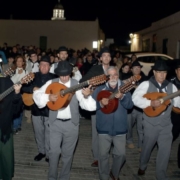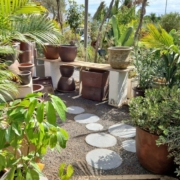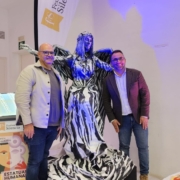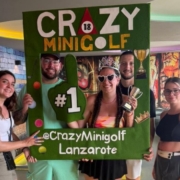Halloween marks the start of an ancient tradition on Lanzarote that continues until Christmas and beyond. Here are a few things to keep an eye out for this spooky season.
In Spain, there are often complaints about how the country has adopted the “AngloSaxon” tradition of Halloween, with its costumes, masks, trick-or-treaters and scary tales.
However, there’s nothing Anglo-Saxon about the celebrations. They originated in the Celtic strongholds of Scotland and Ireland, from where immigrants took them to America. Modern Halloween celebrations are strongly influenced by those American traditions, but many Irish, Scottish or northern English communities have always celebrated their own Halloween.
Although its origins are pagan, Halloween is also linked closely to the church, falling on the eve of All Saints’ Day on November 1st. Throughout the Catholic world, this is a day when departed family members are remembered and celebrated.
On Lanzarote, the celebrations are called Los Finaos (finado means deceased in Spanish) and are still observed, especially in rural areas of the island.
On the evening of the 31st, people gather around the oldest woman in the family, eat almonds, roasted chestnuts and dried figs, drink wine and share stories about the absent members of the family. In the past, when child mortality was a sad fact of life, los angelitos (the little angels) would also be honoured. The mood is sad but also celebratory, a time for the elders to fondly remember loved ones and a chance for children to learn about their ancestors.
On All Saints’ Day the families would travel to the cemetery to leave flowers and offerings for the departed, and this tradition is still followed strongly today.
From the 15th century onwards, a specially formed group of musicians would go from house to house, singing songs for the dead and asking for money which was used to hold masses in their honour. These groups, the Ranchos de Ánimas, would often continue until Christmas, when they became known as Ranchos de Pascua.
These groups still survive in Teguise and San Bartolomé, and their music, a strangely oriental sound accompanied by drums, tambourines and the sound of swords stroked with metal rods, is a goosebump-raising evocation of ancient times.











Leave a Reply
Want to join the discussion?Feel free to contribute!